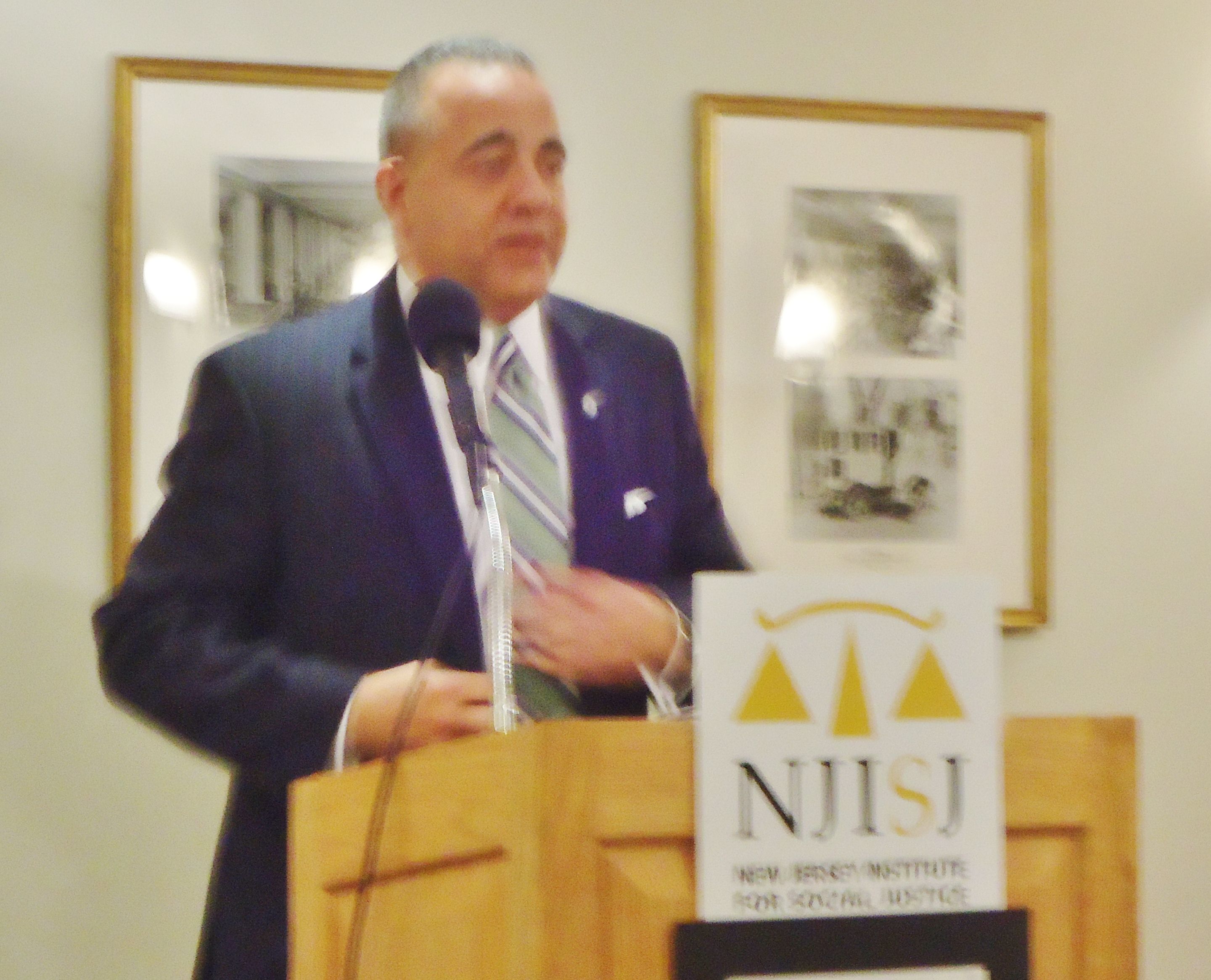A major front-page story in The New York Times on Dec. 13 questions the impact of $29 million in federal funds for a halfway-house program for ex-offenders in Brooklyn, on the basis that the program fails to deliver even remotely on promises of job training and life skills support.
Two days before, I attended a graduation ceremony for 14 young people who successfully underwent a program that impressed me as delivering on the promises of both jobs and life skills. The ceremony was attended by 30 people (of all ages) from the families of the students and a dozen people involved in the program, which has corporate as well as government support. The students were graduating from the Metro Newark Brownfields Training Program, which offers a combination of life skills, academic and highly technical training for careers in remedying brownfields -- i.e., land and buildings declared toxic and unfit for habitation.
Kenneth Lucianin, Commissioner, Passaic Valley Sewerage Commission
Some job-training programs are considered a success if the students just stay out of trouble afterwards. But these students are enrolled in 14 weeks of serious EPA-specified training for lead abatement, asbestos removal, OSHA health and safety, hazardous waste operations and emergency response and general brownfields skills -- along with work-readiness skills.
The program is offered by the New Jersey Institute for Social Justice, which provides both training and advocacy for ex-offenders. This was the first graduation I attended, as an observer, because I have a six-month contract to assist the Institute with advocacy and with analysis of job-market data. I attended simply because I was interested in this other part of the Institute's work, which I have observed taking place at the other end of the office floor.
Like a good shepherd, the Institute's Director of the Workforce Development and Training, Albert Williams, knows each one of his flock. At the graduation ceremony in the New Jersey Historical Society in Newark, he goodnaturedly described each of the people graduating from the program, from the super-eager person who arrived an hour early each day of class to the one who was a Doubting Thomas, disbelieving in the possibility that a job would await him at the end of the program.
Michael DeFrancisci, Executive Director, Passaic Valley Sewerage Commission.
Studies of training programs have turned up widespread evidence of low placement rates. The brownfields training program has, however, been a huge success, with the enrollment of 33 men and women and a placement rate of 30 out 33, or 92 percent.
In addition to taking the course, students must take EPA tests to be certified as brownfields workers in each specific area. Two of the speakers at the ceremony were from a major employer of brownfields workers and they spoke enthusiastically of the need for workers with the skills offered, and the certifications obtained, by the brownfields training program.
The speakers (whose photos appear above) were Kenneth Lucianin, Commissioner of the Passaic Valley Sewerage Commission, and Michael DeFrancisci, Executive Director of the Commission. They projected that the demand for graduates will grow quickly with Superstorm Sandy's remediation needs, on top of the steady supply of New Jersey Superfund sites that eager developers are waiting to be remediated according to the law.
Schenine Mitchell of EPA Region 2, participated in awarding certificates and spoke to the group glowingly of the brownfields training program. The program combines with the technically sophisticated skills some basic education and life skills that emphasize strong mutual support among members of each class during their time at the Institute and after they leave.
My observation of the interaction among the graduating class and their instructors leaves me with a very good feeling about the human side of the training. As Mr. Williams said: "We don't care a whole lot about what you did and where you came from before you came to us. We care where you are going and how you are going to get there."
I suggest to the people who are disappointed with what Brooklyn ex-offenders are getting in the way of training and support: Go see what the New Newark is delivering.

